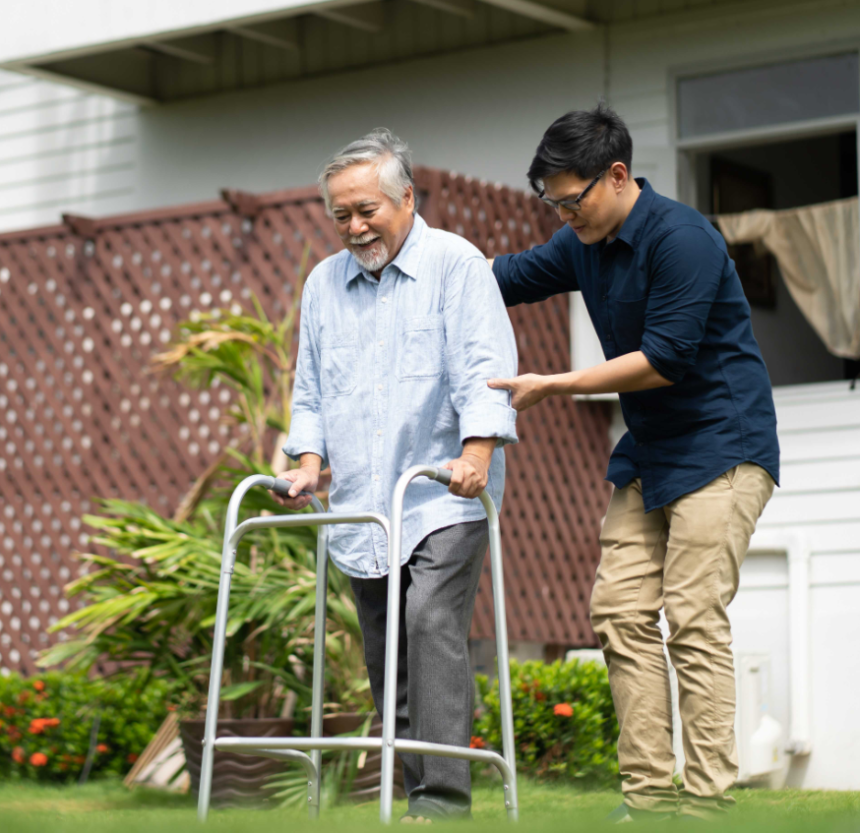As individuals age, everyday tasks that were once second nature can become increasingly difficult. These tasks, Activities of Daily Living (ADLs) are essential for maintaining independence and quality of life. In assisted living communities, understanding ADLs is critical for determining the level of care a resident needs. This article will explore the six core ADLs, why they matter, and how they influence care decisions in assisted living settings.
What Exactly Are ADLs?
Activities of Daily Living refer to the essential tasks a person must perform to care for themselves and live independently. There are six core ADLs that professionals in assisted living assess: bathing, dressing, eating, toileting, transferring, and continence.
For instance, imagine a senior who struggles with bathing due to mobility issues. The simple activity could lead to poor hygiene or, even better, falls without assistance. Similarly, someone who finds dressing difficult may face frustration or embarrassment, affecting their dignity and mental well-being. ADLs like these may seem minor initially, but they indicate when support is needed and to what extent.
Why Are ADLs So Important in Assisted Living?
Assisted living communities rely on ADLs to understand residents’ needs and create customized care plans. These plans are designed to provide help while encouraging independence wherever possible. For example, a resident may need complete assistance with mobility but little help with eating. By identifying these needs, caregivers can focus on specific challenges without overstepping boundaries, allowing seniors to retain their sense of autonomy.
ADL evaluations also influence how care is structured within a facility. Communities typically offer tiered levels of care, with the cost reflecting the assistance a resident requires. A person needing minimal support will naturally pay less than someone requiring significant help with multiple ADLs. For families, this evaluation process ensures that loved ones receive appropriate care without unnecessary services or expenses.
The Emotional and Psychological Impact of ADL Support
While ADLs focus on physical care, they are deeply tied to emotional and psychological well-being. Losing the ability to perform basic daily tasks can be a difficult and emotional experience for seniors. It often brings feelings of frustration, embarrassment, and even depression as they grapple with the loss of independence.
When provided with compassion and respect, support with ADLs helps reduce these emotional burdens. For example, a caregiver who assists a resident in dressing in the morning while encouraging their involvement can restore a sense of normalcy and dignity. Similarly, assistance with toileting or bathing, handled discreetly and respectfully, preserves self-esteem and prevents feelings of helplessness.
This emotional support is equally valuable for families. Knowing their loved one receives compassionate care for these sensitive needs brings peace of mind. Families can focus on maintaining positive relationships rather than worrying about their loved one’s daily struggles.
The Impact of ADLs on Quality of Life
ADLs go beyond just assessing physical abilities; they directly affect a senior’s overall well-being. Safety, comfort, and dignity are at the heart of assisted living support.
When a senior struggles with tasks like toileting or continence, it can be physically and emotionally taxing. Providing the proper support ensures cleanliness and comfort and reduces feelings of embarrassment and helplessness. Similarly, assistance with mobility—such as getting out of bed or moving to a chair—prevents falls and injuries, creating a safer living environment.
At the same time, families benefit from understanding ADLs. Many are unfamiliar with the concept until faced with caring for a loved one who can no longer manage these tasks independently. ADL assessments empower families to make informed decisions when choosing an assisted living community, ensuring their loved one receives the care they need without compromising their dignity or independence.
Overcoming Challenges in ADL Support
Providing support for ADLs can be challenging. Assisted living facilities often need help with staff shortages or resistance from residents who feel uneasy about accepting help. However, technological innovations and personalized care strategies are helping bridge these gaps. Tools like mobility aids, adaptive utensils, and smart home devices allow seniors to regain independence while still receiving necessary support. Additionally, well-trained caregivers provide compassionate assistance, fostering trust and comfort for residents.
Conclusion
Understanding Activities of Daily Living (ADLs) is key to ensuring seniors receive the care they need in assisted living communities. These core tasks—bathing, dressing, eating, toileting, transferring, and continence—serve as a foundation for assessing care needs, determining costs, and enhancing the quality of life for residents. By focusing on ADLs, assisted living communities create personalized plans that balance independence and support, helping seniors live with dignity, comfort, and safety. For families, recognizing the importance of ADLs can make navigating care options more transparent and manageable, ensuring their loved ones thrive in the right environment.















